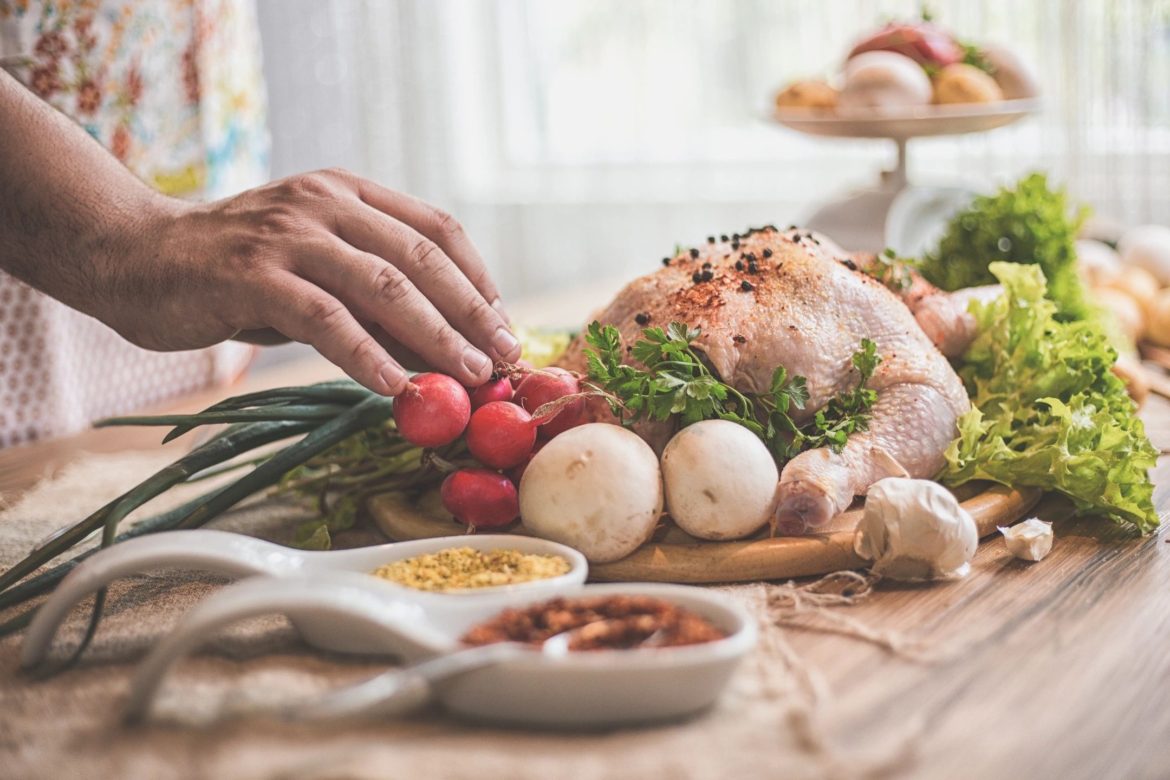Canada celebrated thanksgiving this past October 9. Kathie Hempel wrote a great article —
Growing up in Southern Ontario, close to the American border where Romper Room and Ding Dong School were the Sesame Street of the 1950’s, images of Thanksgiving were typically those associated with the United States’ November Thanksgiving.
Pilgrims at Plymouth Rock meeting with the native North American Indians, multi-colored corn, chiefs with large colorful headdresses, women in aprons and bonnets and men in their tall hats and buckled shoes were the only images I had of the earliest of Thanksgiving.
Imagine my surprise when I found out that so much about those images were wrong. The pilgrim women also were known to wear the tall caps, known as capotains, with nary a buckle to be seen. They too expensive and so leather ties were used to hold up britches, tie shoes and decorate and fit the tall hats. They also did not only wear the somber black and white clothing. Actually; the early Pilgrims wore the many colors of the day created by natural dyes.
So, if that wasn’t true…
As humans, we love story and often get creative with the truth. How we see any experience or issue depends on the lens we use to view our world. When we zoom to focus only on what we want the message of our story to be, we can miss details that can enhance our understanding of the truth.
The first Thanksgiving recorded in North America was celebrated in Canada when Martin Frobisher, an explorer from England, arrived in Newfoundland in 1578. Long before Europeans settled in North America, festivals of thanks and celebrations of harvest took place in Europe in the month of October. Thus, the difference in the second Monday in October celebrations in Canada and the fourth Thursday of November festivities in the United States.
I now live in Michigan. Those pictures of what Americans commonly call the “First Thanksgiving” was celebrated by the Pilgrims after their first harvest in the New World in October 1621. Historians; however, the earliest celebrations in the then US territory of Virginia are recorded as far back as 1607. The celebration then moved into December and several other months and days before the fourth Thursday November became the designated holiday here December 26, 1941 by an act of Congress.
While the story of Thanksgiving can vary, the heart of Thanksgiving is what is truly compelling. We read in Philippians 4: 6-7 the spirit of Thanksgiving whatever the day or month: Do not be anxious about anything, but in every situation, by prayer and petition, with thanksgiving, present your requests to God. And the peace of God, which transcends all understanding, will guard your hearts and your minds in Christ Jesus.
I remember the first time I met my three brothers and three sisters in September 1996. During the drive to see them, I asked God to let me remember every ray of sunlight, every silky cornstalk, every tree beginning to show exquisite color. Life had been difficult and I had begun practicing gratitude in just that way.
When I struggled to find anything to be grateful for, I would focus on one tree. If I could be grateful for one tree, I could be grateful for all trees. As my gratitude grew, I widened the lens to include one person and all people, one experience and all experiences.
I came to understand that faith is gratitude expressed. Faith to me is the arms wide-open receiving of God’s tremendous grace and mercy in our lives, given to those who will accept it. Thanksgiving is my celebration of that; trumpets blaring, feast set out, family gathered, and even the extra pounds accumulated when you celebrate two Thanksgivings each year.
No matter the country, no matter the language, no matter the day; our Thanksgiving reflects the state of our hearts.
Give thanks to the LORD, for he is good; his love endures forever. 1 Chronicles 16:34

